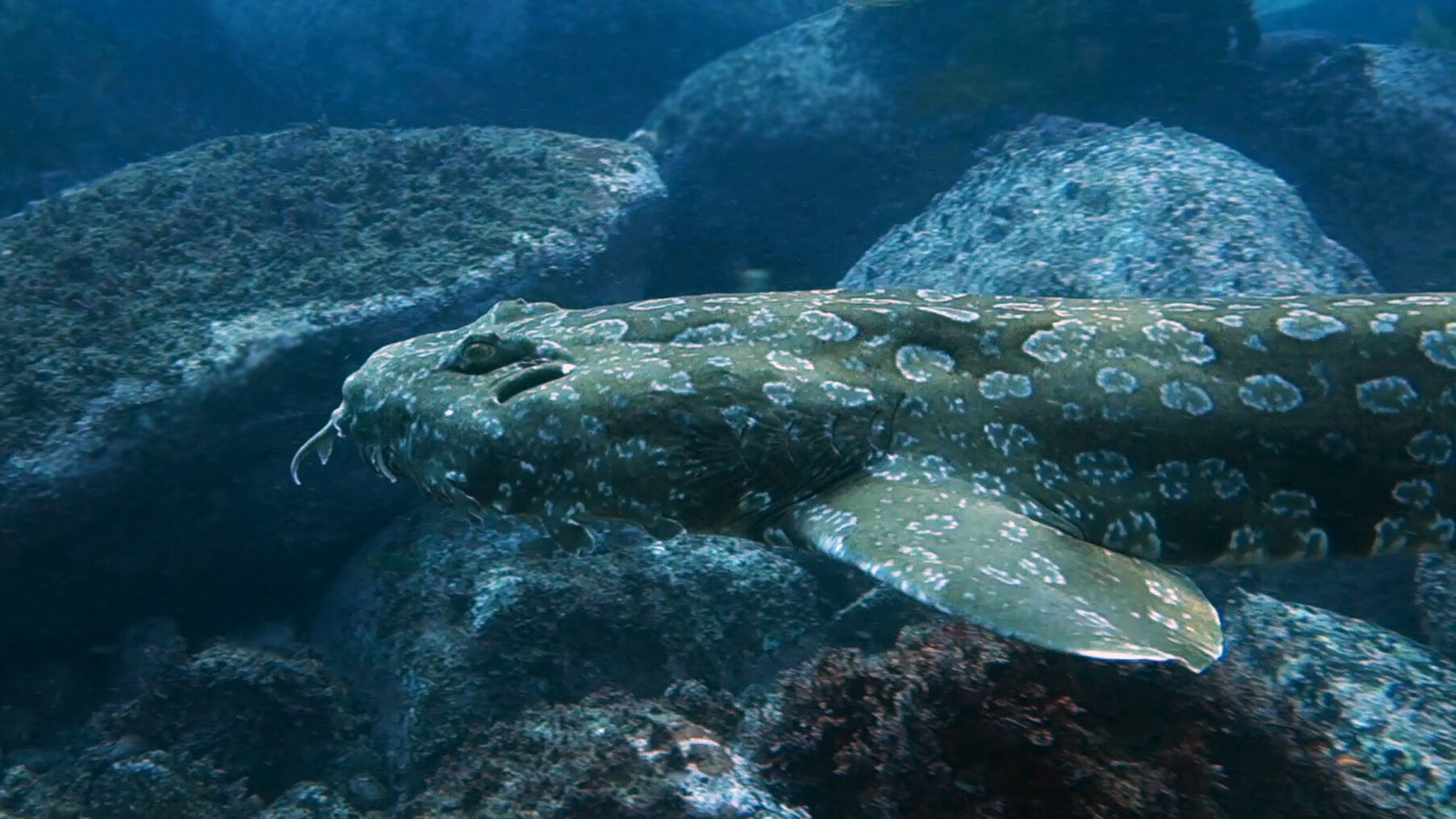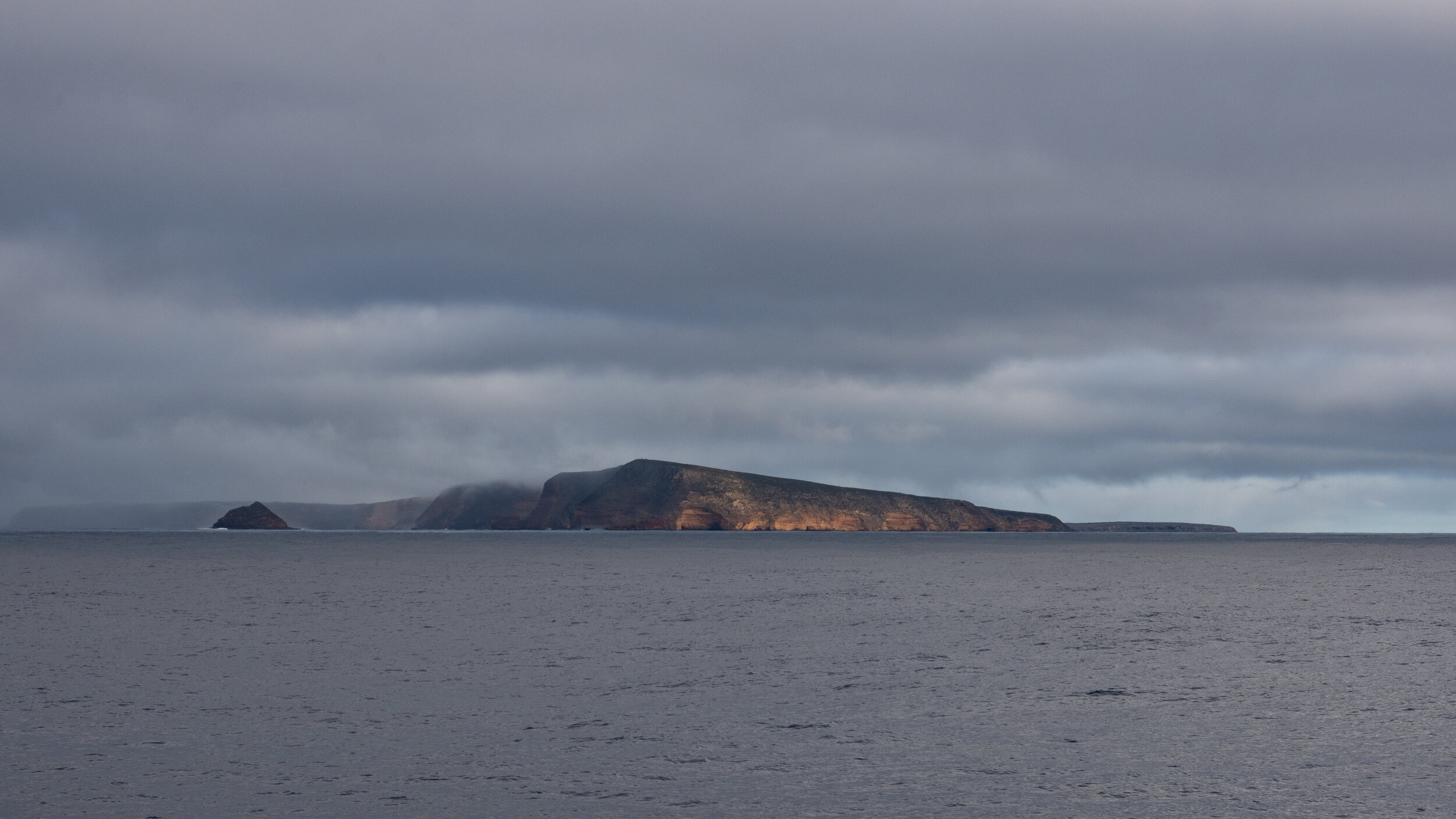spotted wobbegong
Dubbed a species of “carpet shark” due to their varying ornate patterned appearance, the Spotted Wobbegong (Orectolobus maculatus) is recognisable by its saddle and O-shaped white spots, green-ish brown body colour, robust flattened torso and tassel-like skin flaps around their jaw. Endemic to Australia, the term wobbegong is an Aboriginal word that translates as “shaggy beard,” referring to these dermal flaps around their mouth, which aid not only with camouflage, but act as lures to attract their prey.
Image: John Turnbull
Sensory perceptions
Spotted wobbegongs are nocturnal ambush predators often lying still on the seabed waiting for their meal to swim by. These sharks have a highly variant diet that includes many different types of species including fish, crayfish, crabs and octopus. Specially designed to hunt in the ambush style, wobbegongs (like other sharks) have a complex electrosensory system that gives them the ability to sense their prey through electrolocation, the capability to sense the electric fields of animals nearby.
A social species
These sharks are considered generally harmless to humans and live in shallow, coastal waters along rocky reef bottoms, seagrass meadows or directly on the sand. Social beings, wobbegongs gather in groups, and it has been observed that they do not solely interact with potential partners, but also fellow wobbegongs of varying sex, size and familiarity giving the impression that they have a complex interconnection within the species.
Born and fled
During the breeding season, males wobbegongs will fight each other for the opportunity to court a female. The females release chemical pheromones into the water to attract their potential mate. The gestation period is almost a full year, and the females will give birth to around 20 pups. A non-parental species, the juveniles leave their mother almost immediately after birth, to avoid potentially being eaten by her. Little is known about the development and lifespan of wobbegongs, but based on other shark species, it is assumed they have a relatively long lifespan.
Image: Robert Harcourt
Fast Facts:
Species: Orectolobus maculatus
Family: Orectolobidae (carpet shark/wobbegong)
Order: Orectolobiformes (carpet shark/wobbegong)
Feeding: Various fish, crustaceans and invertebrates
Habitat: Shallow estuaries, rocky reefs, seagrass meadows and sandy seabeds
Distribution: Endemic to Australia
Special Power: Electrolocation








